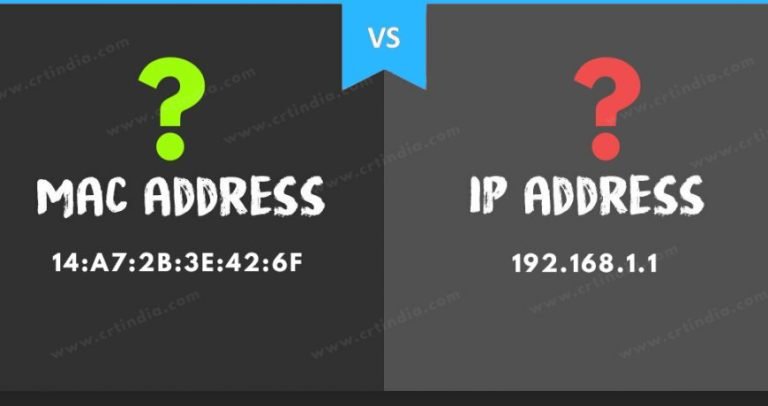Imagine a world where your fridge can buy milk when you’re running low and instantly pay for it using cryptocurrency. Sounds futuristic, right? But this is becoming a reality thanks to advancements in technology like edge computing and the Internet of Things (IoT).
One important aspect of making this happen smoothly is fast cryptocurrency conversion, such as converting USD to BTC (Bitcoin) with minimal delays. Let’s explore how edge computing is key to making real-time cryptocurrency conversion much faster, especially for IoT applications.
What are Edge Computing and IoT?
To understand how we can speed up things like USD to BTC conversion for IoT, we first need to talk briefly about edge computing and the Internet of Things (IoT).
IoT refers to all the devices connected to the internet (smart fridges, cars, or even wearables) that communicate and exchange data. These devices generate a ton of data, and they need to process it quickly to work effectively.
This is where edge computing comes in. Unlike traditional cloud computing, where data travels to a remote server for processing, edge computing moves the data processing closer to the source, which is the “edge” of the network.
Instead of relying solely on centralized data centers, which can be thousands of miles away, edge computing enables data processing directly on local devices or nearby servers. It minimizes the time it takes for data to be processed and results to be delivered.
How Does Edge Computing Impact Cryptocurrency Conversions?
When we think about cryptocurrency conversions, speed and efficiency are critical. Take the example of a USD-to-BTC conversion in real-time. Imagine standing at a vending machine that only accepts Bitcoin, but you have dollars in your bank account.
You’d need that conversion to happen instantly because no one wants to wait minutes, or even hours, for a simple transaction. This is where edge computing can make a significant difference.
In traditional scenarios, cryptocurrency transactions often go through a centralized cloud. While this works, it can be slow due to multiple factors, such as the distance to data centers, network congestion, and the sheer number of transactions happening simultaneously.
Edge computing can help by allowing those transactions to be processed closer to where they are initiated. It means converting currency and processing payments without long waits or potential lag for IoT devices.
Reducing Latency in Real-Time Transactions
Latency is simply the delay between an action and the response. Imagine pressing a button on your smart coffee maker, and instead of getting coffee immediately, you must wait for ten minutes because of a slow connection.
In the world of IoT modules, every millisecond counts, especially when dealing with real-time cryptocurrency conversions. Whether a smart car pays tolls or a drone purchases additional cloud storage for a delivery route, these transactions need to be as fast as possible.
Edge computing reduces latency by handling the conversion data where needed. Instead of sending your transaction data to a far-off server, it’s processed at the “edge,” close to where you and your IoT device are.
As a result, conversions from USD to BTC can happen in almost real-time, making it practical to use cryptocurrencies for everyday transactions involving IoT devices. This could significantly transform the way we use cryptocurrency in our daily lives.
Scalability and Edge Computing
Scalability is another big reason edge computing is valuable for IoT-based cryptocurrency transactions. As the number of IoT devices grows, the demand for real-time data processing increases, too. Centralized cloud systems can struggle to handle the load, leading to delays and inefficiencies.
With edge computing, data processing is decentralized, splitting across multiple points closer to where the data originates. This distribution reduces bottlenecks and ensures that cryptocurrency conversions happen quickly, even as the number of connected devices and transactions skyrockets.
Security Benefits
Cryptocurrency and security are two topics that always go hand in hand. Because edge computing allows data to be processed locally, it also reduces the exposure of sensitive information. When transactions happen closer to the user, there are fewer points in the network where data could be intercepted or compromised.
Moreover, many IoT applications require a high level of trust. Consider a healthcare wearable that tracks your vitals and automatically purchases more test strips when needed. The device needs a secure and fast way to handle these purchases.
When you use edge computing, the data travels shorter distances and is less exposed to potential attacks, making the transaction more secure.
Real-Life Applications of Edge Computing in Crypto Conversion
Let’s consider some practical examples where edge computing is already making waves in cryptocurrency conversion for IoT:
- Smart Vehicles: Imagine a fleet of smart cars that must pay for tolls, charging stations, or parking spots. Edge computing can facilitate the instant conversion of fiat currency to crypto, allowing seamless transactions without the delays of sending data to a central cloud.
- Smart Homes: Devices like thermostats, washing machines, and refrigerators that automatically replenish supplies could use cryptocurrency for micro-transactions. Edge computing enables these small-scale, frequent transactions to happen instantly, keeping your home running smoothly.
- Supply Chain Drones: Drones delivering goods may need to pay for airspace usage or temporary storage. With edge computing, these drones can make instant payments using cryptocurrency, allowing them to operate independently and efficiently.
The Future: Speeding Up Global Transactions
With cryptocurrencies becoming more mainstream, the need for instant and reliable conversions will only increase. Edge computing will be at the heart of these advancements, ensuring that IoT devices can perform real-time conversions without delay.
By moving data processing closer to where it’s needed, edge computing reduces latency and the dependency on centralized servers. It paves the way for a faster, more efficient use of cryptocurrency in everyday scenarios.
Imagine not having to think twice before your car pays for parking, your fridge restocks your groceries, or your drone delivers your package. All thanks to the seamless conversion of cryptocurrency made possible by edge computing, this is a fascinating glimpse into how technology can simplify our lives in ways we never imagined before.
Conclusion
Edge computing is revolutionizing how we think about real-time cryptocurrency transactions, especially in the context of IoT. With reduced latency, better scalability, and enhanced security, edge computing is not just speeding up crypto conversion.
It’s also setting the foundation for a future where we can integrate cryptocurrencies easily and efficiently into the fabric of our daily lives. So the next time your smart fridge buys groceries with Bitcoin, you’ll know that edge computing is working behind the scenes to make it happen faster and smoother.







